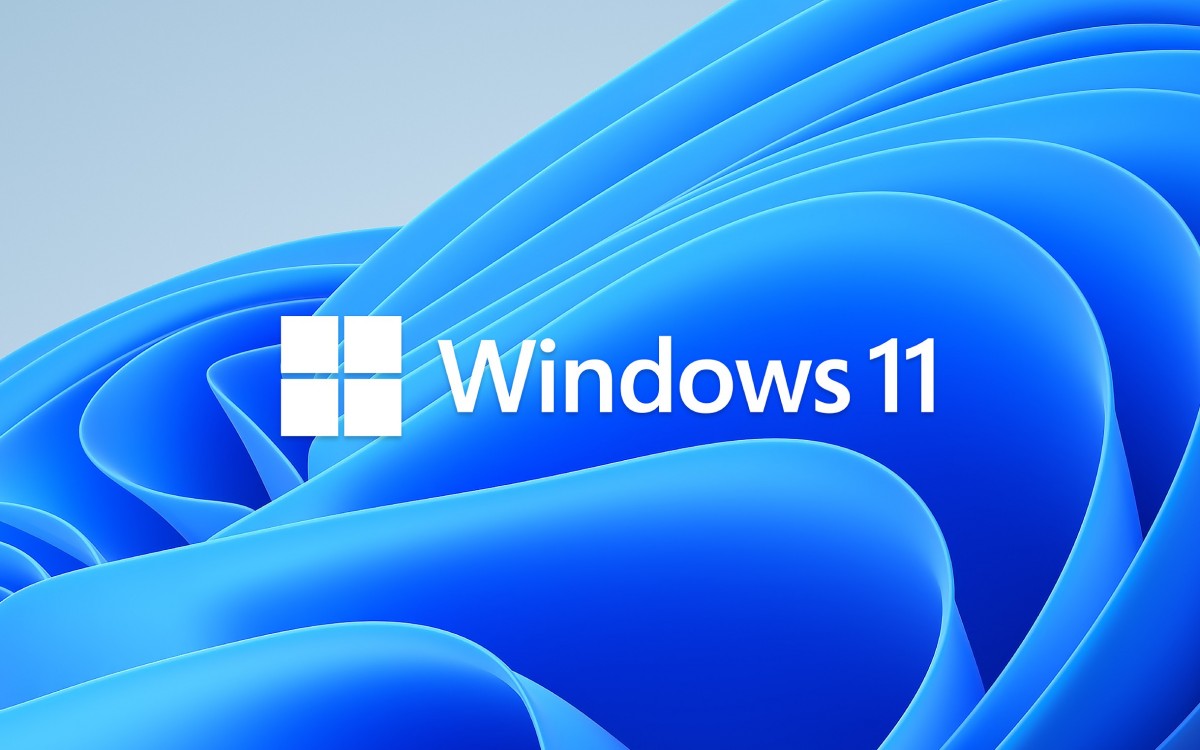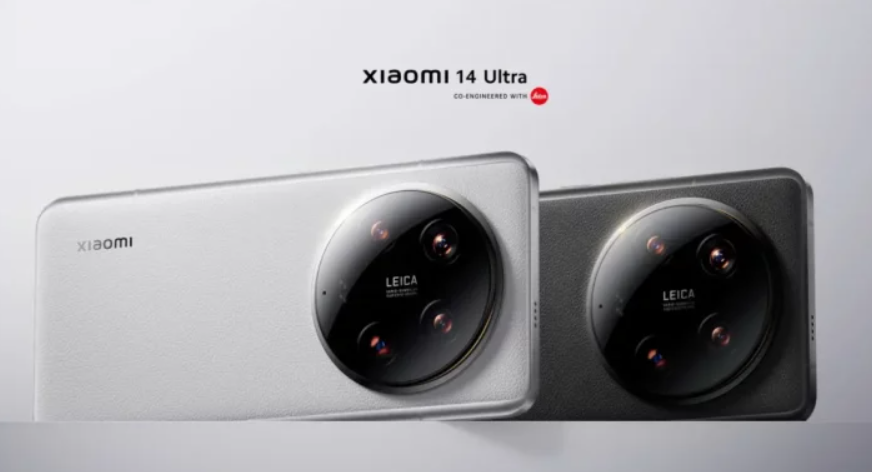In this comprehensive guide, we will delve into various methods to address the perplexing issue of the Power Troubleshooter missing from your Windows 11 PC. Windows 11, the latest operating system from Microsoft, has brought numerous enhancements and features to the forefront, making it an exciting upgrade for users. Among it’s array of functionalities are built-in troubleshooter apps designed to assist users in diagnosing and resolving various system issues.
These utilities have proven invaluable for quickly identifying and rectifying problems. However, some Windows 11 users have encountered a rather puzzling issue – the Power Troubleshooter appears to be conspicuously absent. This guide aims to provide you with a range of solutions to help you recover this vital troubleshooting tool.
Troubleshooting the Missing Power Troubleshooter
Use Power Troubleshooter via CMD(Command Prompt)
While it may initially seem that the Power Troubleshooter has vanished from Windows 11, rest assured that it is still accessible through an alternative method. Microsoft, for reasons known best to them, decided not to provide a graphical user interface(UI) for the Power Troubleshooter in the Settings menu. However, you can still invoke it via the Command Prompt. Here’s how:
- Launch Command Prompt as an administrator.
- Type the following command and press Enter:
msdt.exe /id PowerDiagnostic
- Restart your PC and check if the Power Troubleshooter is now available.
Restore Power Troubleshooter to Default
One potential cause of the missing Power Troubleshooter could be a corrupted power plan. To rectify this, you can restore the power plans to their default settings. Follow these steps:
- Launch Command Prompt as an administrator.
- Enter the following command and press Enter:
powercfg -restoredefaultschemes
- Restart your PC to apply the changes and verify if the Power Troubleshooter has reappeared.
Use SFC and DISM Scans
The System File Checker(SFC) and Deployment Image Servicing and Management(DISM) are two command-line utility tools that can help identify and repair corrupt Windows files. Both tools can contribute to resolving the missing Power Troubleshooter issue:
- Right-click on the Start Menu and select Windows Terminal(Admin).
- Click on the down arrow next to the new tab icon and choose Command Prompt from the list.
- To initiate the SFC tool, enter the following command:
sfc /scannow
- After the SFC scan is completed, proceed with the DISM tool using this command:
DISM /Online /Cleanup-Image /RestoreHealth
- Once the DISM scan concludes, restart your PC and check if the Power Troubleshooter has been restored.
Utilize Control Panel
Windows Control Panel houses a wealth of power-related settings and options that might provide a solution to the missing Power Troubleshooter. To access these settings:
- Navigate to Control Panel > Hardware and Sound > Power Options.
- Explore the available power settings and make adjustments as needed.
- For further customization, click “Change what the Power Options Do” and select “Change settings that are currently unavailable”.
Registry Editor Tweak
You can attempt to resolve the issue by making adjustments within the Windows Registry Editor:
- Press Windows+R to open the Run dialog.
- Type “regedit” and press Enter to launch the Registry Editor.
- Navigate to the following location:
HKEY_CURRENT_USER\Software\Microsoft\Windows\CurrentVersion\Policies\Explorer
- Locate the “NoClose” entry, change it’s value to 0 and save your changes.
- Restart your PC to check if the Power Troubleshooter has returned.
Group Policy Editor
For users with access to the Group Policy Editor, you can attempt to enable the missing Power Troubleshooter through this utility:
- Launch Group Policy Editor(Windows Home users may need to enable it first).
- Navigate to Computer Configuration > Administrative Templates.
- Open “Start Menu and Taskbar” from the list of available options.
- Locate and access the “Remove and prevent access to the Shut Down, Restart, Sleep and Hibernate commands” policy.
- Choose “Disabled”, apply the changes and restart your PC to check if the Power Troubleshooter is restored.
Try a Clean Boot
In certain cases, a third-party application or service may be interfering with the proper functioning of Windows 11, leading to the disappearance of the Power Troubleshooter. To identify and resolve this issue:
- Open the Run dialog by pressing Windows+R and type “msconfig” before pressing Enter.
- In the System Configuration menu:
- Select “Selective Startup”.
- Untick “Load Startup Items”.
- Under the “Services” tab, click “Hide all Microsoft Services” and then click “Disable All”.
Apply the changes, restart your PC and observe whether the Power Troubleshooter has been reinstated.
Perform a System Restore
If you previously had access to the Power Troubleshooter but it has recently vanished, consider performing a system restore to return your PC to a previous state. Be sure to back up your data before proceeding:
- Navigate to Settings > System > About > System Protection.
- Click “System Restore”.
- Windows will suggest a restore point based on your PC’s current condition. Select this option if it suits your needs.
- Alternatively, choose “Choose a Different Restore point” to manually select a custom restore point.
- Review your selections and click “Finish” to initiate the restore process.
- After the process is complete, check if the Power Troubleshooter is now accessible.
Conclusion
These are the various methods you can employ to resolve the issue of the missing Power Troubleshooter on your Windows 11 PC. With a range of troubleshooting options at your disposal, you should be well-equipped to tackle this problem effectively. If you have any questions or encounter difficulties with any of the steps mentioned above, please feel free to share your concerns in the comments section and we will provide assistance promptly.
Experiencing difficulties with your Device, check out our “How To” page on how to resolve some of these issues.








